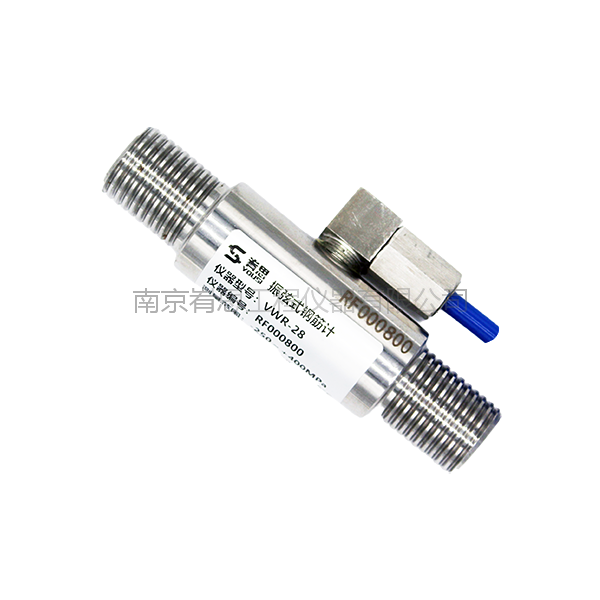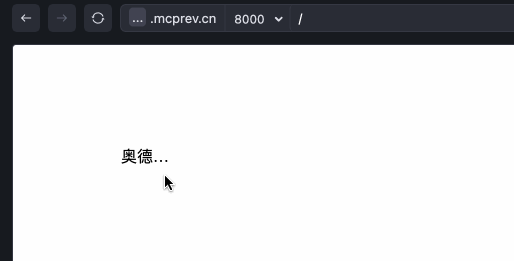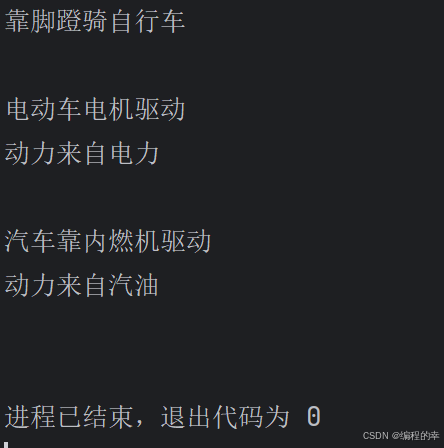对字符串进行拼接主要有三种方法:
1.加号
2.concat方法
3.StringBuilder或者StringBuffer的append方法
下面看下性能对比,测试方法为各循环十万次,对比耗费时间。
测试性能
1.”+"拼接
long start = System.currentTimeMillis();
String str = "j";
for (int i = 0; i < 100000; i++) {
str += "a";
}
long end = System.currentTimeMillis();
System.out.println("执行时间" + (end - start));

2.concat方法
long start = System.currentTimeMillis();
String str = "j";
for (int i = 0; i < 100000; i++) {
str = str.concat("a");
}
long end = System.currentTimeMillis();
System.out.println("执行时间" + (end - start));

3.StringBuilder的append方法
long start = System.currentTimeMillis();
StringBuilder sb = new StringBuilder("j");
for (int i = 0; i < 100000; i++) {
sb.append("a");
}
String str = sb.toString();
long end = System.currentTimeMillis();
System.out.println("执行时间" + (end - start));

结论:append最快,concat其次,加号最慢。
分析
1.加号拼接基本等同StringBulider的append方法,但为啥耗费时间远大于append?
str = new StringBuilder("j").append("a").toString();
因为每次循环都要创建StringBuilder对象,都要调用toString方法转换为字符串。
2.concat方法分析,下面是concat的源码。
public String concat(String str) {
if (str.isEmpty()) {
return this;
}
int len = value.length;
int otherLen = str.length();
char buf[] = Arrays.copyOf(value, len + otherLen);
str.getChars(buf, len);
return new String(buf, true);
}
其实就是一个数组拷贝,它本身是很快的,但是最后都要new一个String对象,循环十万次就是new十万个对象。
3.append方法分析
public AbstractStringBuilder append(String str) {
if (str == null)
return appendNull();
int len = str.length();
ensureCapacityInternal(count + len);
str.getChars(0, len, value, count);
count += len;
return this;
}
public void getChars(int srcBegin, int srcEnd, char dst[], int dstBegin) {
if (srcBegin < 0) {
throw new StringIndexOutOfBoundsException(srcBegin);
}
if (srcEnd > value.length) {
throw new StringIndexOutOfBoundsException(srcEnd);
}
if (srcBegin > srcEnd) {
throw new StringIndexOutOfBoundsException(srcEnd - srcBegin);
}
System.arraycopy(value, srcBegin, dst, dstBegin, srcEnd - srcBegin);
}
本质上就是加长数组长度,数组拷贝,没有new任何对象。最后循环完毕用toString方法返回字符串。
以上就是性能分析,但在我们平时开发中,没有如此大量的拼接处理,加号拼接更友好和阅读,也没有什么问题。



















